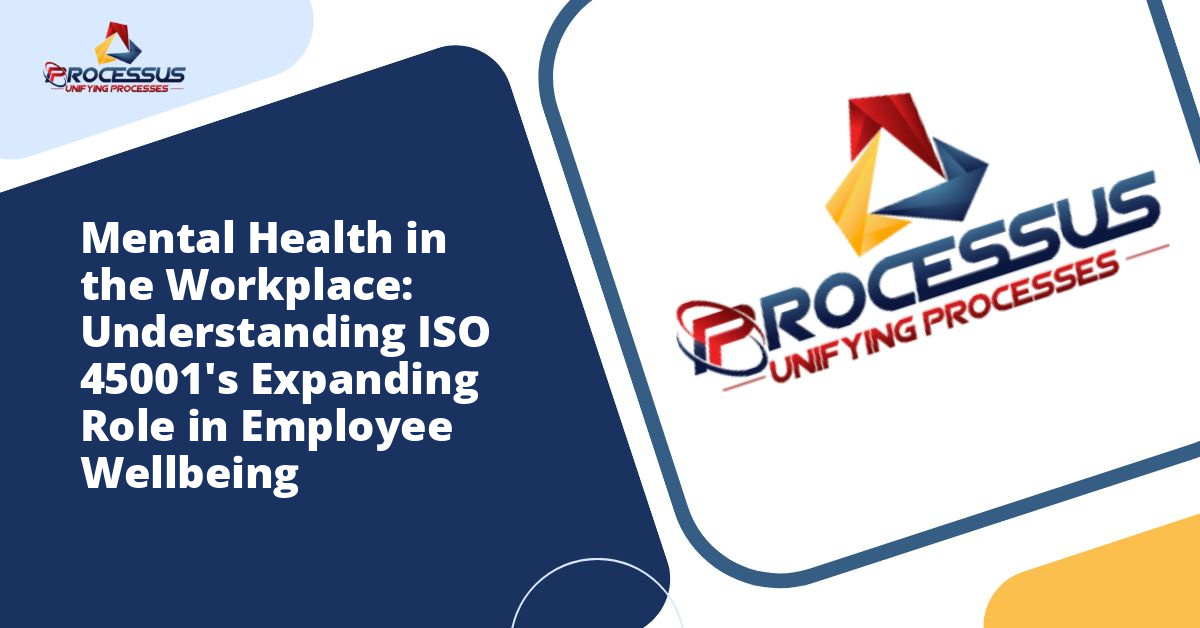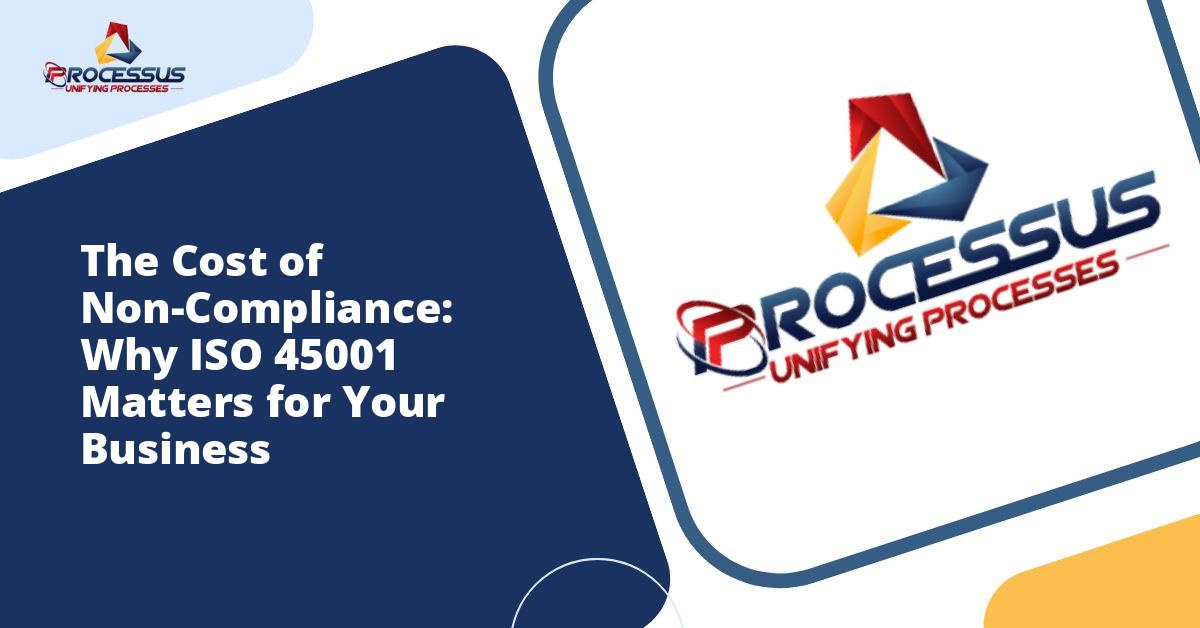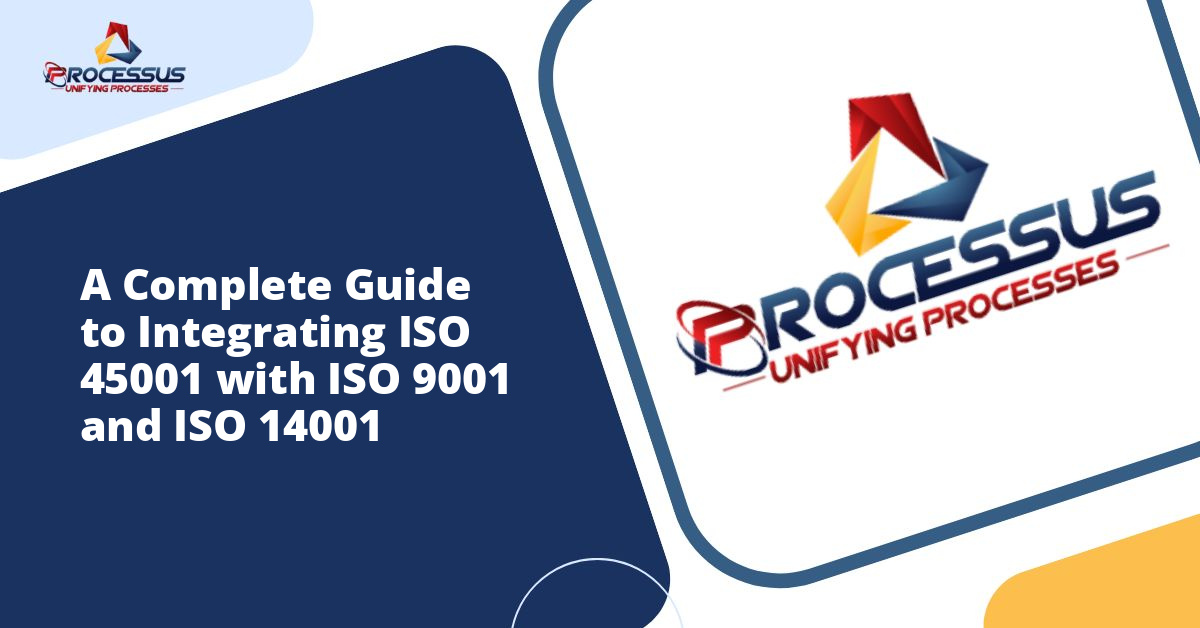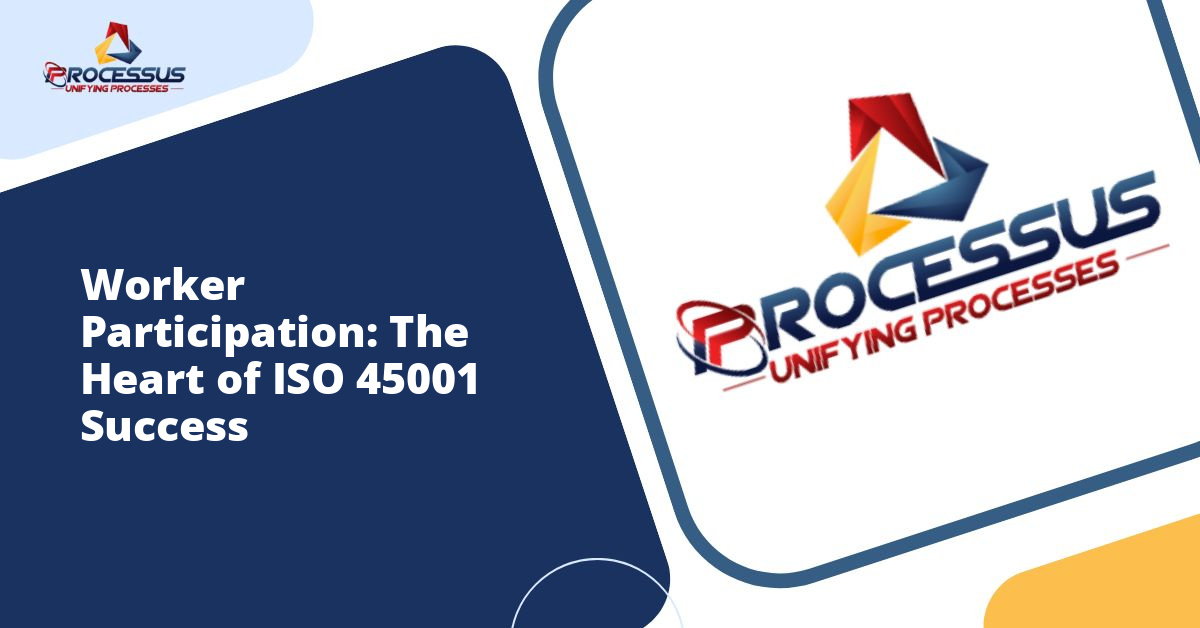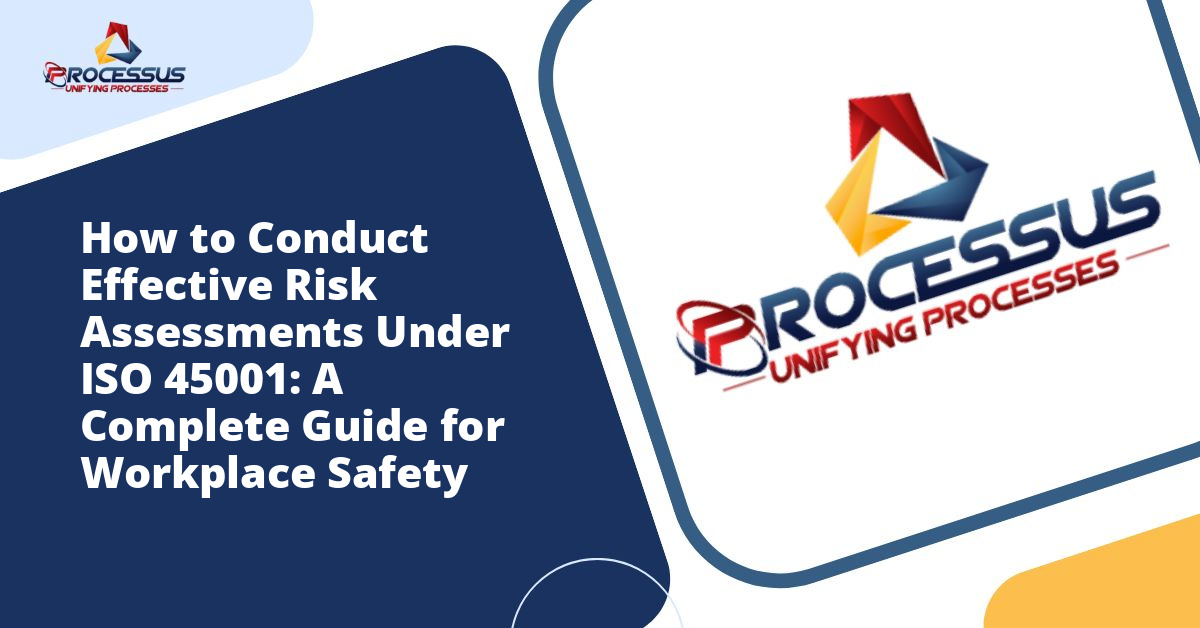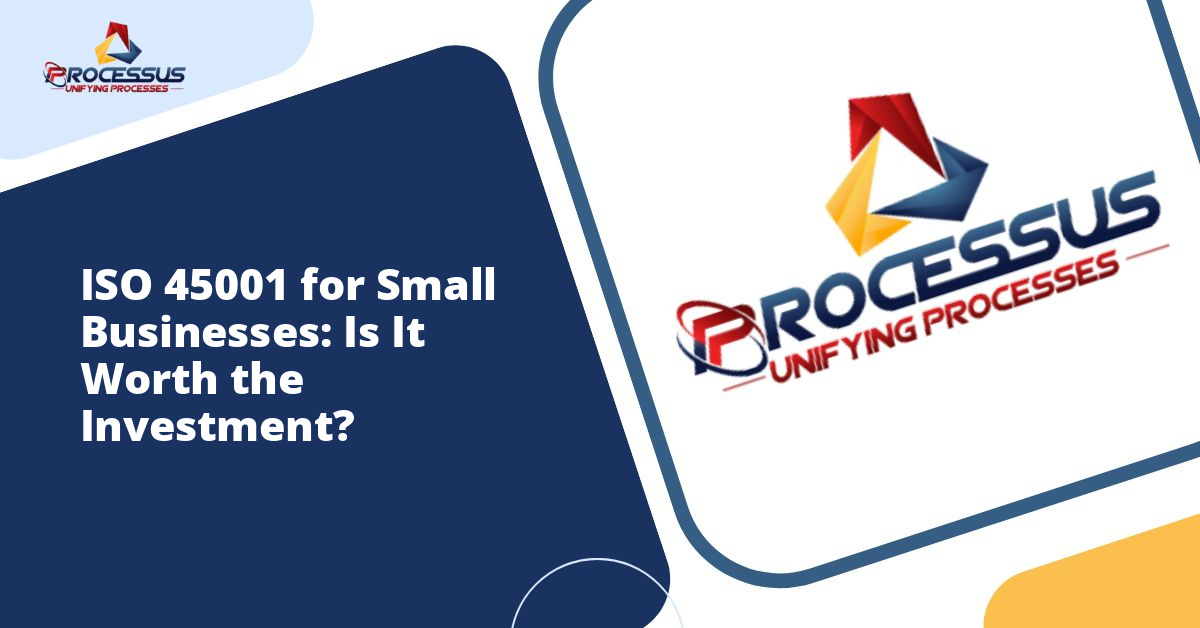The modern workplace has undergone a significant transformation in recent years, with mental health emerging as a critical component of occupational health and safety. As organizations worldwide grapple with increasing rates of workplace stress, burnout, and psychological challenges, the need for comprehensive frameworks to address these issues has never been more pressing. ISO 45001, the international standard for occupational health and safety management systems, has evolved to encompass a broader understanding of workplace wellbeing that extends far beyond traditional physical safety concerns.
This comprehensive examination explores how ISO 45001 is reshaping the conversation around mental health in professional settings, providing organizations with the tools and guidance necessary to create psychologically safe and supportive work environments. You might also enjoy reading about How ISO 45001 Reduces Workplace Accidents in Manufacturing: A Complete Guide.
Understanding ISO 45001: A Foundation for Workplace Safety
ISO 45001 represents a global consensus on best practices for occupational health and safety management. Published in March 2018, this standard replaced the previous OHSAS 18001 specification, introducing a more holistic approach to worker safety and wellbeing. The standard provides a framework that enables organizations to proactively improve their occupational health and safety performance by preventing work-related injury and ill health, as well as providing safe and healthy workplaces. You might also enjoy reading about Building a Safety Culture Through ISO 45001 Implementation: A Complete Guide for Organizations.
What distinguishes ISO 45001 from its predecessors is its explicit recognition that occupational health encompasses both physical and mental dimensions. The standard acknowledges that psychological risks and psychosocial hazards are legitimate occupational health concerns that require systematic identification, assessment, and control measures, just like traditional physical hazards. You might also enjoy reading about ISO 45001 vs OHSAS 18001: Understanding the Critical Changes in Workplace Safety Standards.
The Evolution of Workplace Safety Standards
Historically, workplace safety standards focused primarily on preventing physical injuries, addressing hazards such as machinery accidents, chemical exposure, and ergonomic issues. However, the landscape of workplace risks has expanded considerably. Today’s professionals face unique challenges including constant connectivity, information overload, job insecurity, and blurred boundaries between work and personal life. These factors contribute to a range of mental health concerns that can be just as debilitating as physical injuries.
The integration of mental health considerations into ISO 45001 reflects a growing understanding that psychological wellbeing directly impacts productivity, employee retention, workplace culture, and overall organizational success. This evolution represents a fundamental shift in how we conceptualize workplace safety and responsibility.
The Mental Health Crisis in Modern Workplaces
Before examining how ISO 45001 addresses mental health, it is essential to understand the scope and significance of workplace mental health challenges. Statistics paint a concerning picture of the current state of employee psychological wellbeing across industries and geographies.
Research indicates that one in five adults experiences mental health challenges in any given year, with workplace factors often serving as significant contributors or exacerbating elements. Stress, anxiety, and depression related to work conditions result in substantial productivity losses, increased absenteeism, higher healthcare costs, and elevated employee turnover rates.
Common Workplace Mental Health Challenges
Several factors contribute to poor mental health in professional environments:
- Excessive workload and unrealistic deadlines: Persistent pressure to accomplish more with fewer resources creates chronic stress that can lead to burnout and anxiety disorders.
- Lack of control and autonomy: When employees feel they have little influence over their work processes or decision-making authority, feelings of helplessness and frustration can develop.
- Poor work-life balance: Technology that keeps workers perpetually connected blurs the boundaries between professional and personal time, preventing adequate recovery and rest.
- Inadequate support and recognition: Absence of managerial support, peer collaboration, or acknowledgment of contributions can lead to feelings of isolation and decreased motivation.
- Job insecurity and organizational change: Uncertainty about employment stability or frequent organizational restructuring creates anxiety and psychological distress.
- Workplace conflict and harassment: Toxic workplace relationships, bullying, discrimination, or harassment create hostile environments that severely impact mental health.
- Role ambiguity and conflicting demands: Unclear expectations or contradictory requirements generate confusion and stress.
The cumulative effect of these factors creates work environments where mental health deteriorates, affecting not only individual employees but also team dynamics, organizational culture, and business outcomes.
How ISO 45001 Addresses Mental Health and Psychosocial Risks
ISO 45001 provides a structured approach to identifying, assessing, and controlling occupational health and safety risks, including those related to mental health. While the standard does not prescribe specific solutions, it establishes a framework that organizations can adapt to their unique contexts and challenges.
Context of the Organization
The standard requires organizations to understand their context, including external and internal issues that affect their ability to achieve intended outcomes for their occupational health and safety management system. This includes considering psychosocial factors such as organizational culture, work organization patterns, management styles, and the nature of workforce demographics.
By requiring this contextual analysis, ISO 45001 encourages organizations to examine factors that influence mental health, including industry-specific stressors, cultural attitudes toward mental health, available support resources, and workforce vulnerabilities.
Leadership and Worker Participation
A cornerstone of ISO 45001 is the emphasis on leadership commitment and worker participation. Top management must demonstrate leadership and commitment to the occupational health and safety management system, which includes establishing policies and objectives that address mental health concerns.
Worker participation is particularly crucial for mental health initiatives. Employees often have the most direct insight into psychosocial hazards and stressors in their work environments. Creating mechanisms for meaningful consultation and participation ensures that mental health interventions address actual concerns rather than perceived issues.
Hazard Identification and Risk Assessment
ISO 45001 requires organizations to establish, implement, and maintain processes for hazard identification and risk assessment. This explicitly includes psychosocial hazards that may impact mental health. Organizations must proactively identify potential sources of psychological harm, such as:
- Work organization and scheduling patterns that may lead to fatigue or work-life imbalance
- Interpersonal relationships and management practices that could create hostile environments
- Career development concerns and job security issues
- Workload demands and resource availability
- Communication patterns and information flow within the organization
Once identified, these hazards must be assessed for their potential impact, and appropriate control measures must be implemented following the hierarchy of controls principle.
Planning and Implementing Control Measures
After identifying psychosocial risks, ISO 45001 requires organizations to plan actions to address these risks. Control measures for mental health hazards might include:
- Redesigning work processes to reduce excessive demands or provide greater autonomy
- Implementing flexible work arrangements to support work-life balance
- Establishing clear communication channels and feedback mechanisms
- Providing training for managers on supportive leadership and mental health awareness
- Creating peer support programs and employee assistance programs
- Developing policies that address workplace harassment, discrimination, and bullying
- Ensuring adequate staffing levels and reasonable workload distribution
Competence, Awareness, and Communication
ISO 45001 requires organizations to ensure that workers are competent in occupational health and safety matters and are aware of the occupational health and safety policy, their contributions to the effectiveness of the management system, and the implications of not conforming to requirements.
For mental health, this translates to training programs that build awareness about psychological wellbeing, reduce stigma around mental health issues, and equip managers and employees with skills to recognize signs of distress and respond appropriately. Communication strategies must create an environment where discussing mental health concerns is normalized and supported.
Monitoring, Measurement, and Evaluation
The standard requires organizations to monitor and measure their occupational health and safety performance, including the effectiveness of controls for psychosocial hazards. This might involve:
- Regular employee surveys assessing workplace stress, satisfaction, and psychological wellbeing
- Tracking mental health-related absenteeism and presenteeism
- Monitoring utilization of employee assistance programs and support services
- Analyzing incident reports related to workplace conflicts or harassment
- Conducting focus groups or interviews to gather qualitative feedback on mental health initiatives
This data-driven approach enables organizations to evaluate what works, identify areas needing improvement, and make evidence-based decisions about mental health interventions.
Practical Implementation: Integrating Mental Health into ISO 45001 Systems
While ISO 45001 provides the framework, successful implementation requires thoughtful planning and commitment. Organizations seeking to effectively address mental health within their ISO 45001 management systems should consider the following practical steps.
Conducting Comprehensive Psychosocial Risk Assessments
Developing robust processes to identify and assess psychosocial hazards is fundamental. This involves using validated assessment tools, conducting workplace surveys, facilitating focus groups, and analyzing relevant data such as turnover rates, absenteeism patterns, and employee assistance program utilization.
Risk assessments should examine the organization holistically, considering different departments, roles, and worker populations that may face unique stressors. The assessment process should involve workers directly, as their lived experiences provide invaluable insights into psychosocial hazards.
Developing Clear Policies and Procedures
Organizations should establish clear policies that demonstrate commitment to mental health and outline expectations for behavior, support mechanisms, and response procedures. These might include policies on workplace harassment, reasonable accommodations for mental health conditions, flexible work arrangements, and confidential reporting mechanisms.
Procedures should detail how mental health concerns are addressed, including pathways for employees to seek help, protocols for managers responding to employees in distress, and processes for investigating complaints related to psychosocial hazards.
Building Mental Health Competency
Training programs should target different audiences within the organization. General awareness training helps all employees understand mental health, recognize signs of distress in themselves and colleagues, and know where to access support. Manager-specific training should develop skills in supportive leadership, having conversations about mental health, making appropriate accommodations, and creating psychologically safe team environments.
Specialized training for human resources professionals, safety officers, and senior leadership ensures that those responsible for implementing and overseeing mental health initiatives have the necessary expertise.
Establishing Support Systems and Resources
Effective mental health management requires accessible support resources. This might include employee assistance programs offering confidential counseling, peer support networks, mental health champions within the organization, and clear pathways to professional mental health services.
Organizations should ensure that support resources are genuinely accessible, well-communicated, confidential, and culturally appropriate for their workforce.
Creating a Culture of Psychological Safety
Perhaps the most critical element is fostering an organizational culture where mental health is valued, discussing psychological challenges is normalized, and seeking help is encouraged rather than stigmatized. This cultural shift requires consistent messaging from leadership, visible commitment through actions and resource allocation, and accountability for behaviors that undermine psychological safety.
Leadership must model healthy behaviors, demonstrate vulnerability when appropriate, and consistently reinforce that mental health is a legitimate workplace concern deserving of attention and resources.
Benefits of Addressing Mental Health Through ISO 45001
Organizations that effectively integrate mental health into their ISO 45001 management systems realize numerous benefits that extend beyond ethical obligations to care for employee wellbeing.
Enhanced Employee Wellbeing and Satisfaction
When organizations proactively address psychosocial hazards and support mental health, employees experience reduced stress, greater job satisfaction, and improved overall wellbeing. This creates a positive cycle where healthier, more satisfied employees are more engaged and productive.
Improved Productivity and Performance
Mental health challenges significantly impact productivity through absenteeism when employees are unable to work and presenteeism when employees are physically present but functioning below capacity. Addressing these issues improves both individual and organizational performance.
Reduced Costs
Mental health problems generate substantial costs through healthcare utilization, disability claims, turnover and replacement costs, and lost productivity. Preventive approaches that address psychosocial risks before they result in mental health conditions offer significant return on investment.
Enhanced Reputation and Employer Brand
Organizations known for genuinely caring about employee mental health attract and retain top talent. In competitive labor markets, a reputation for supporting employee wellbeing becomes a significant competitive advantage.
Legal and Regulatory Compliance
In many jurisdictions, employers have legal obligations to provide psychologically safe workplaces and prevent workplace harassment and discrimination. ISO 45001 implementation helps organizations meet these obligations systematically.
Risk Mitigation
Proactively addressing psychosocial hazards reduces the risk of incidents, conflicts, and crises related to mental health issues. This protects both employees and the organization from potential harm.
Challenges and Considerations
Despite the clear benefits, integrating mental health into ISO 45001 systems presents challenges that organizations must navigate thoughtfully.
Stigma and Cultural Barriers
Stigma surrounding mental health remains a significant barrier. Employees may fear judgment, career consequences, or being perceived as weak if they disclose mental health concerns. Organizations must work persistently to change cultural attitudes and demonstrate through actions that mental health concerns are treated with the same seriousness and support as physical health issues.
Complexity and Subjectivity
Psychosocial hazards are often more complex and subjective than physical hazards. What one person experiences as manageable challenge, another may experience as overwhelming stress. This variability requires nuanced approaches that recognize individual differences while addressing systemic issues.
Resource Requirements
Effectively addressing mental health requires investment in training, support services, assessment tools, and potentially organizational changes. Smaller organizations with limited resources may find implementation challenging, though the long-term benefits typically justify the investment.
Privacy and Confidentiality
Mental health information is highly sensitive. Organizations must establish robust protocols to protect employee privacy while still gathering necessary information to assess risks and evaluate interventions.
Measuring Effectiveness
Assessing the effectiveness of mental health interventions can be challenging. Mental health outcomes may take time to manifest, and multiple factors influence psychological wellbeing. Organizations need sophisticated measurement approaches that capture both quantitative metrics and qualitative experiences.
The Future of Workplace Mental Health and ISO 45001
The integration of mental health into occupational health and safety management represents a fundamental shift that will continue evolving. Several trends are likely to shape the future landscape.
Increasing regulatory attention to psychosocial risks will likely drive greater adoption of systematic approaches like ISO 45001. As evidence accumulates about the business case for mental health, more organizations will view psychological wellbeing not as a peripheral concern but as a core strategic priority.
Technological advances offer both opportunities and challenges. Digital tools can facilitate mental health assessments, deliver interventions, and provide support, but technology itself introduces new psychosocial hazards through constant connectivity and digital surveillance.
The COVID-19 pandemic fundamentally altered workplace dynamics, accelerating remote work adoption and highlighting the importance of mental health support. These changes will have lasting impacts on how organizations approach employee wellbeing within ISO 45001 frameworks.
Greater integration between occupational health and broader organizational wellbeing initiatives will likely emerge, recognizing that mental health is influenced by factors both within and outside the workplace. Holistic approaches that address the whole person will become increasingly common.
Conclusion
ISO 45001’s expanding role in workplace mental health represents a critical evolution in how organizations understand their responsibilities to employees. By providing a structured framework for identifying, assessing, and controlling psychosocial risks, the standard enables organizations to move beyond reactive responses to mental health crises toward proactive prevention and support.
Successful implementation requires genuine commitment from leadership, meaningful worker participation, adequate resources, and persistent cultural change efforts. The challenges are real, but so are the benefits for employees, organizations, and society.
As awareness grows about the importance of mental health and the significant costs of neglecting psychological wellbeing, ISO 45001 provides a roadmap for organizations seeking to create workplaces where people can thrive. The standar

